STREAMLINING MEDICAL DEVICE OPERATIONS WITH HYPERCLOUD: A COMPREHENSIVE GUIDE TO DIGITAL TRANSFORMATION
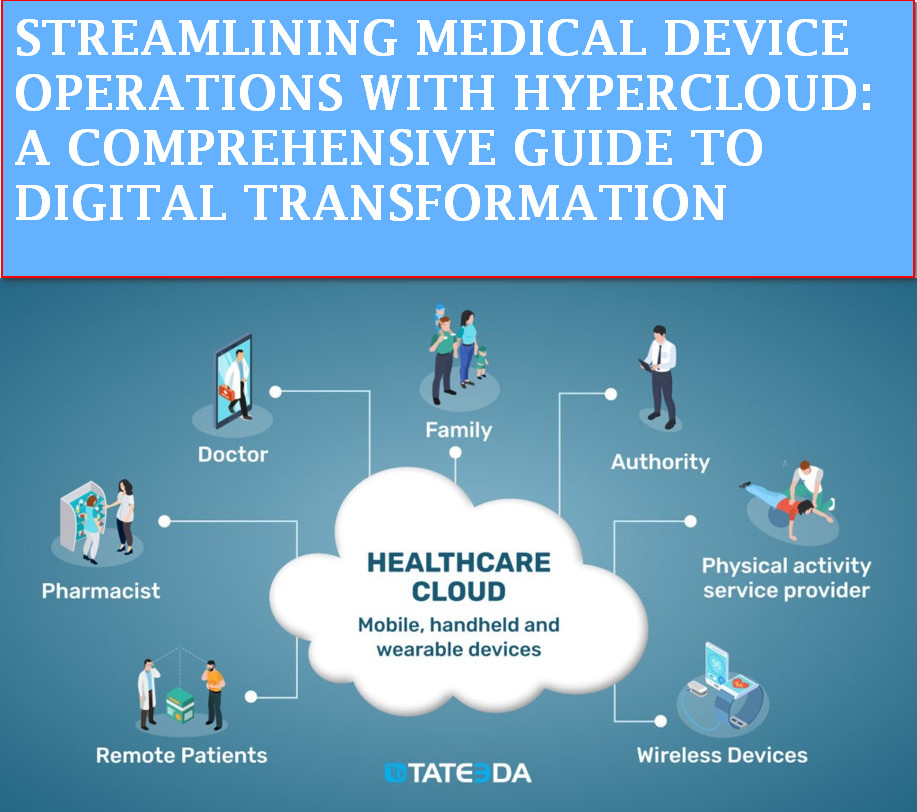
INTRODUCTION: THE HEALTHCARE TECHNOLOGY REVOLUTION
The medical device industry stands at a pivotal crossroads where traditional manufacturing meets cutting-edge cloud technology. As healthcare systems worldwide face mounting pressure to improve patient outcomes while reducing costs, medical device manufacturers are turning to hypercloud solutions to streamline their operations, enhance efficiency, and drive innovation. The concept of hypercloud in medical devices represents a paradigm shift from conventional on-premises systems to comprehensive, cloud-native platforms that integrate every aspect of device lifecycle management.
Today’s medical device ecosystem is characterized by increasing complexity, stringent regulatory requirements, and the growing demand for connected, intelligent devices. The global medical device market, valued at over $400 billion, is experiencing unprecedented growth, driven by an aging population, technological advancement, and the proliferation of Internet of Medical Things (IoMT) devices. In this context, hypercloud solutions emerge as a transformative force, offering medical device companies the ability to scale rapidly, ensure compliance, and deliver superior patient outcomes through data-driven insights.
The term “hypercloud” in the medical device context refers to an advanced cloud computing architecture that goes beyond traditional cloud services to provide a comprehensive, integrated platform specifically designed for medical device operations. This technology encompasses everything from device design and manufacturing to post-market surveillance and patient monitoring, creating a unified ecosystem that optimizes every aspect of the medical device value chain.
UNDERSTANDING HYPERCLOUD IN MEDICAL DEVICE OPERATIONS
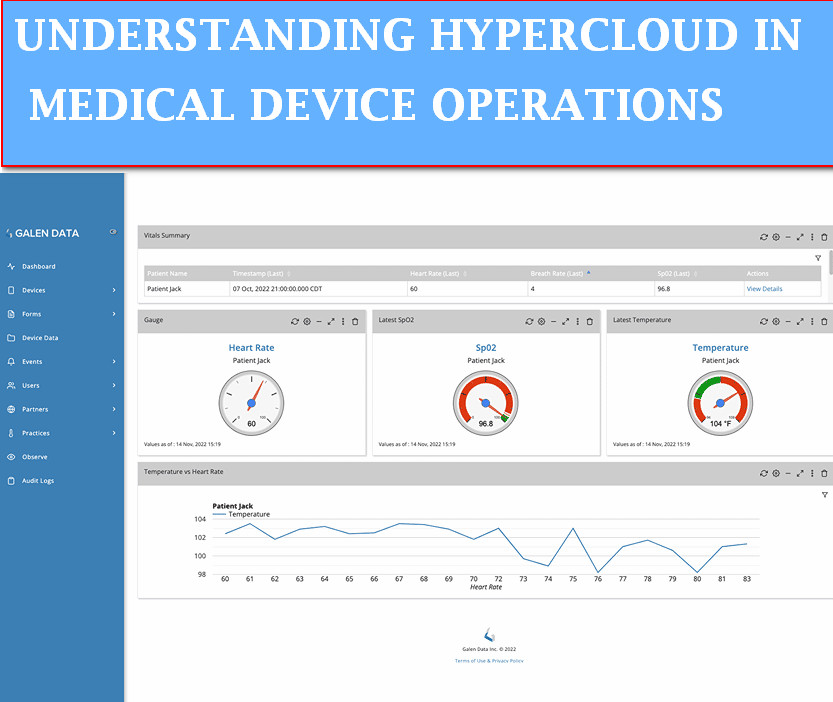
Hypercloud platforms for medical devices represent the next evolution of cloud computing, specifically tailored to address the unique challenges and requirements of the healthcare industry. Unlike conventional cloud solutions that primarily focus on data storage and basic computing resources, hypercloud platforms provide specialized features including real-time device monitoring, regulatory compliance automation, predictive analytics, and seamless integration with healthcare systems.
The foundation of medical device hypercloud lies in its ability to create a distributed medical device architecture, where significant portions of device functionality are executed in the cloud rather than on edge hardware. This approach offers numerous advantages, including reduced hardware costs, simplified firmware updates, enhanced cybersecurity, and the ability to introduce new capabilities rapidly without complex device modifications.
Medical device hypercloud platforms integrate several critical components that work together to create a comprehensive operational ecosystem. These include device connectivity and data ingestion systems that capture real-time data from medical devices across various healthcare settings. Advanced analytics engines process this data to provide actionable insights for device performance optimization, predictive maintenance, and clinical decision support.
The architecture also incorporates robust security frameworks specifically designed to protect sensitive patient data and device information. This includes end-to-end encryption, secure authentication protocols, and compliance monitoring systems that ensure adherence to healthcare regulations such as HIPAA, FDA 21 CFR Part 820, and international standards like ISO 13485.
Furthermore, hypercloud platforms feature intelligent automation capabilities that streamline various operational processes, from supply chain management to quality assurance. These systems can automatically trigger alerts for device malfunctions, schedule preventive maintenance, and even initiate recall procedures when necessary, significantly reducing manual oversight requirements and improving response times.
KEY FEATURES AND CAPABILITIES OF MEDICAL DEVICE HYPERCLOUD
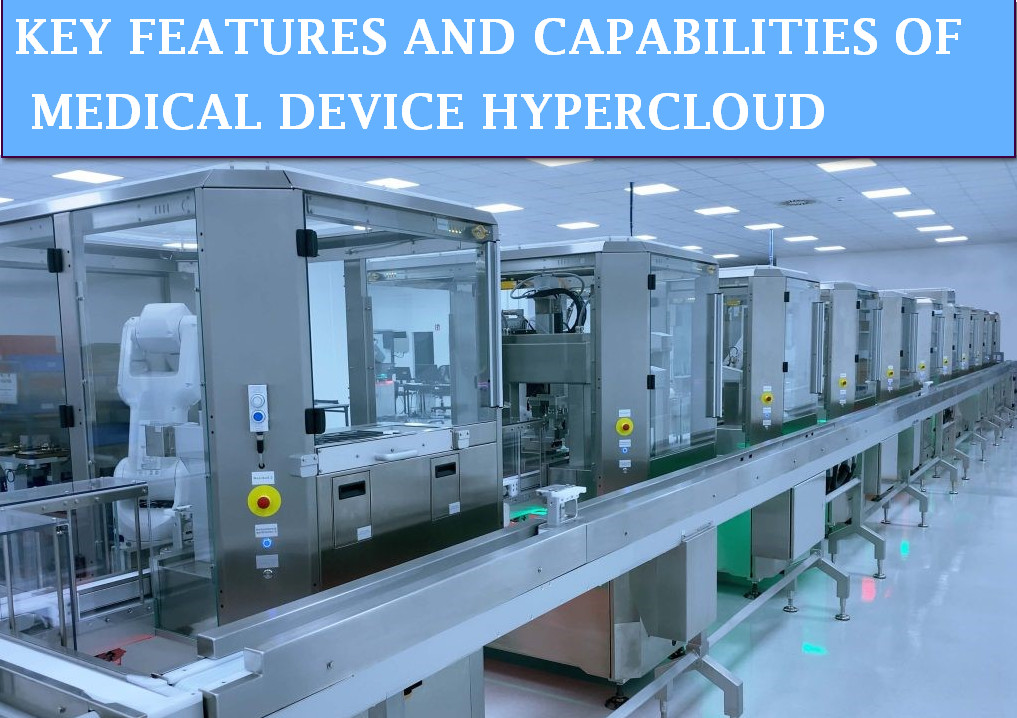
The sophisticated capabilities of medical device hypercloud platforms are designed to address the complex operational challenges faced by modern healthcare technology companies. One of the most critical features is comprehensive data security and compliance management. Medical device hypercloud platforms implement multi-layered security protocols that protect sensitive patient information while ensuring compliance with stringent regulatory requirements.
These platforms incorporate advanced encryption technologies for data at rest and in transit, robust access control mechanisms, and continuous monitoring systems that detect and respond to potential security threats in real-time. The compliance management capabilities automatically track regulatory changes, generate required documentation, and maintain audit trails that facilitate regulatory inspections and submissions.
Scalability and flexibility represent another cornerstone of hypercloud functionality. As medical device companies grow and expand their product portfolios, the platform seamlessly scales to accommodate increasing data volumes, additional devices, and expanding user bases. This scalability extends beyond simple resource allocation to include sophisticated load balancing, automatic failover mechanisms, and global distribution capabilities that ensure consistent performance across different geographical regions.
Real-time data analytics capabilities enable medical device companies to harness the full potential of their device-generated data. Advanced machine learning algorithms analyze device performance patterns, predict potential failures, and identify optimization opportunities. These insights support proactive maintenance strategies, improve device reliability, and enhance overall patient safety.
The platform’s integration capabilities ensure seamless connectivity with existing healthcare systems, including Electronic Health Records (EHR), Hospital Information Systems (HIS), and other medical technologies. This interoperability eliminates data silos, reduces manual data entry requirements, and creates a unified view of patient care across different systems and devices.
BENEFITS OF IMPLEMENTING HYPERCLOUD SOLUTIONS
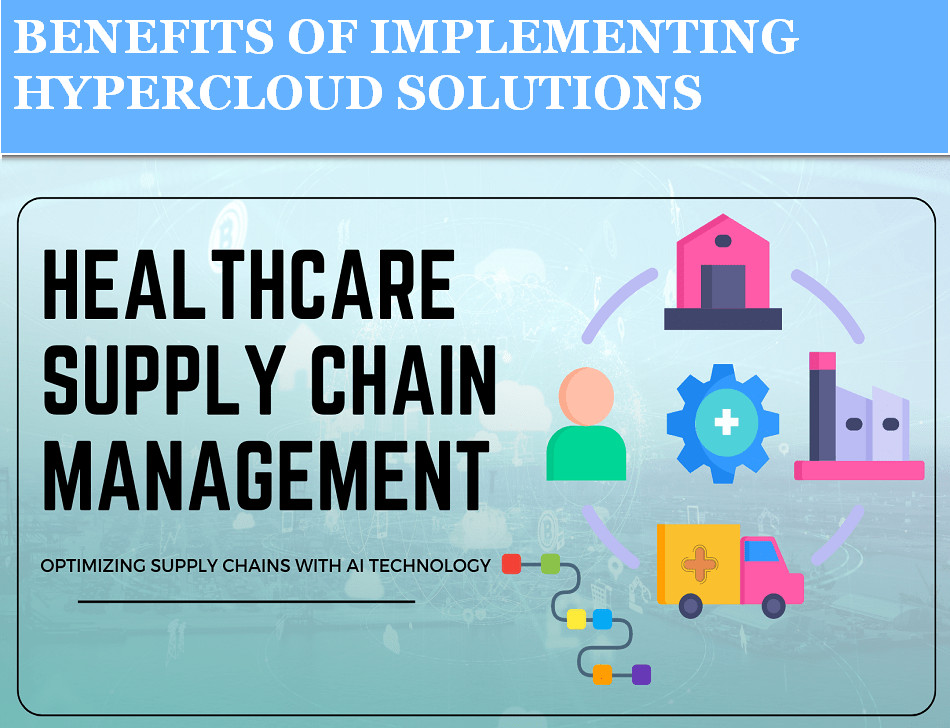
The implementation of hypercloud solutions in medical device operations delivers transformative benefits that extend across every aspect of the business, from operational efficiency to patient outcomes. Cost reduction represents one of the most immediate and tangible benefits, as hypercloud platforms eliminate the need for extensive on-premises infrastructure while reducing IT maintenance overhead.
Traditional medical device companies often invest millions of dollars in data center infrastructure, hardware maintenance, and IT personnel. Hypercloud solutions transform these capital expenditures into predictable operational expenses while providing access to enterprise-grade infrastructure that would be prohibitively expensive to build and maintain internally. This cost optimization allows companies to redirect resources toward research and development, accelerating innovation and time-to-market for new products.
Operational efficiency improvements manifest through automated processes, streamlined workflows, and enhanced collaboration capabilities. Hypercloud platforms automate routine tasks such as data collection, report generation, and compliance monitoring, freeing up valuable human resources for more strategic activities. The centralized nature of cloud-based operations also improves collaboration between different departments, geographical locations, and external partners.
Enhanced device performance and reliability result from continuous monitoring and predictive analytics capabilities. Hypercloud platforms can detect anomalies and potential issues before they impact patient care, enabling proactive interventions that prevent device failures and extend operational lifecycles. This predictive approach not only improves patient safety but also reduces warranty costs and enhances brand reputation.
The platforms also facilitate faster innovation cycles through rapid prototyping capabilities, accelerated testing processes, and streamlined regulatory submissions. Cloud-based development environments enable distributed teams to collaborate effectively, while automated testing and validation tools reduce development timelines and improve product quality.
Improved regulatory compliance represents another significant benefit, as hypercloud platforms automate many compliance-related processes and maintain comprehensive audit trails. This automation reduces the risk of regulatory violations while simplifying the preparation of submission documents and inspection materials.
INDUSTRY APPLICATIONS AND USE CASES
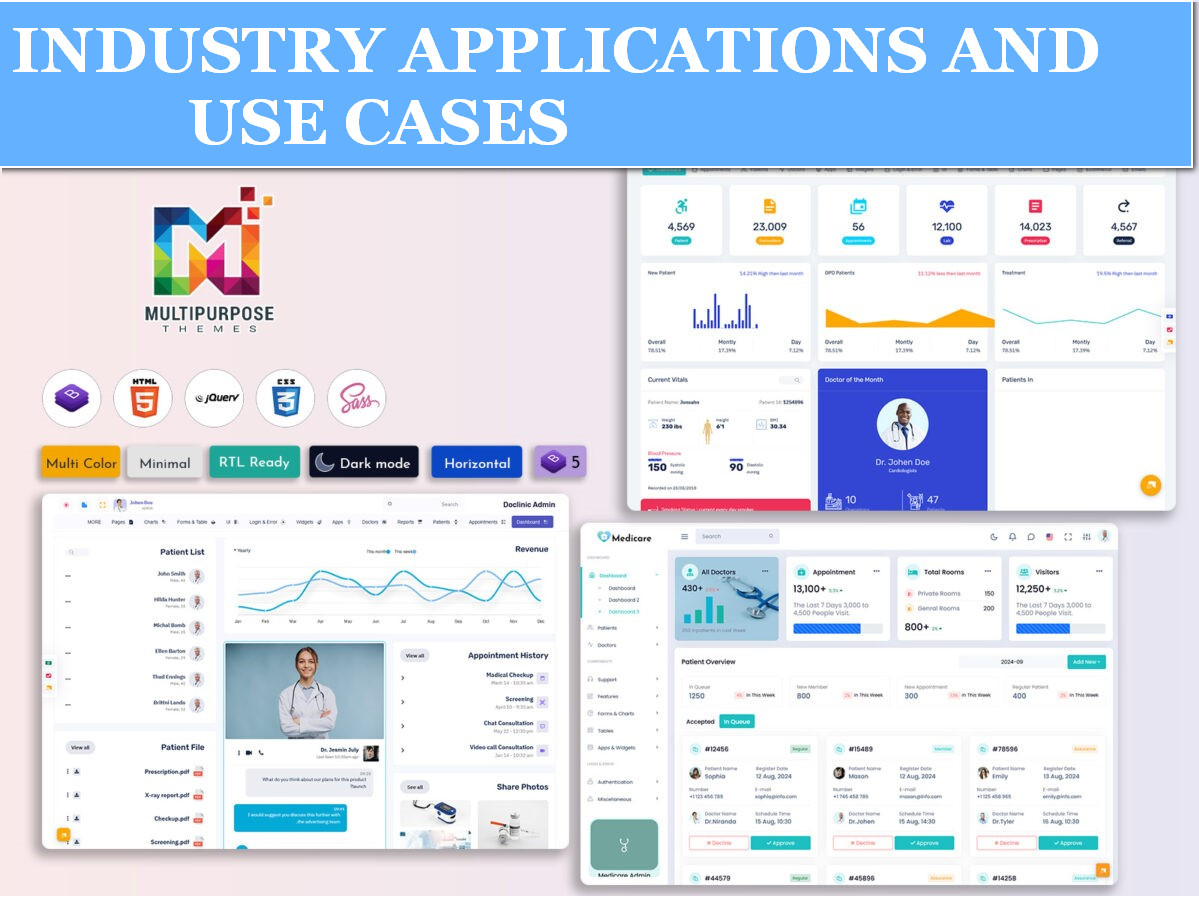
The versatility of medical device hypercloud platforms enables their application across diverse segments of the healthcare industry, each with unique operational requirements and regulatory considerations. In the cardiac monitoring segment, hypercloud solutions enable continuous patient monitoring through connected devices that transmit real-time cardiac data to cloud-based analytics platforms.
These systems can detect arrhythmias, predict cardiac events, and automatically alert healthcare providers when intervention is necessary. The cloud-based architecture allows for sophisticated signal processing algorithms that would be impossible to implement on traditional edge devices, while also enabling the aggregation of data from multiple patients to identify population-level trends and improve treatment protocols.
Surgical robotics represents another compelling application area where hypercloud platforms provide significant value. Modern surgical robots generate vast amounts of data during procedures, including video feeds, sensor readings, and performance metrics. Hypercloud platforms can process this data in real-time to provide surgeons with enhanced visualization, predictive analytics, and decision support tools.
Post-procedure analysis of surgical data helps identify best practices, optimize surgical techniques, and improve training programs. The ability to share anonymized surgical data across multiple hospitals also accelerates medical research and knowledge sharing within the surgical community.
In the diagnostic imaging sector, hypercloud platforms enable advanced image processing and analysis capabilities that exceed the computational limitations of traditional workstations. Cloud-based artificial intelligence algorithms can assist radiologists in detecting abnormalities, quantifying disease progression, and prioritizing urgent cases.
The scalable nature of hypercloud infrastructure allows imaging centers to handle peak workloads without investing in expensive hardware that may sit idle during off-peak periods. Additionally, cloud-based storage solutions provide secure, long-term archival of imaging studies while enabling authorized access from any location.
Remote patient monitoring applications leverage hypercloud platforms to create comprehensive care management systems that extend beyond traditional hospital boundaries. Connected devices monitor vital signs, medication adherence, and other health parameters, transmitting data to cloud-based platforms that can detect trends, predict complications, and coordinate care interventions.
These systems are particularly valuable for managing chronic conditions such as diabetes, heart failure, and respiratory diseases, where continuous monitoring can prevent complications and reduce hospital readmissions. The cloud-based architecture enables the integration of data from multiple devices and sources, creating a holistic view of patient health that supports personalized care plans.
IMPLEMENTATION STRATEGIES AND BEST PRACTICES
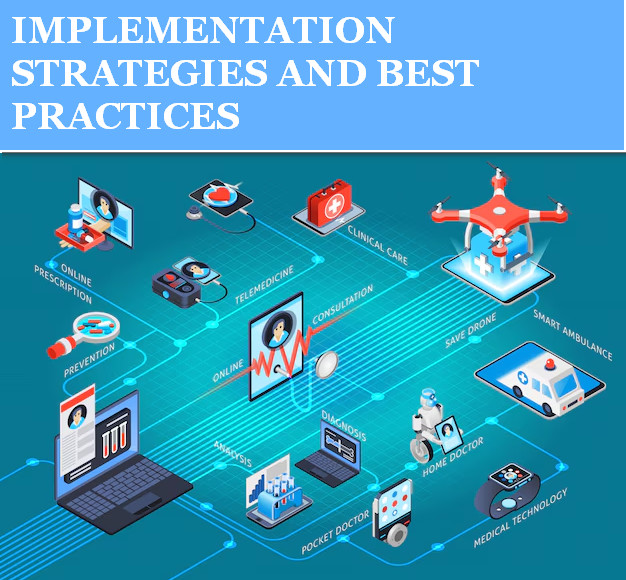
Successful implementation of medical device hypercloud solutions requires a strategic approach that addresses technical, regulatory, and organizational considerations. The implementation process typically begins with a comprehensive assessment of existing systems, processes, and requirements to develop a tailored migration strategy that minimizes disruption while maximizing benefits.
Organizations should start by identifying pilot projects that can demonstrate value quickly while providing learning opportunities for larger-scale deployments. These pilot implementations should focus on specific use cases with clear success metrics, allowing teams to gain experience with cloud technologies while building confidence in the platform’s capabilities.
Data migration represents one of the most critical aspects of hypercloud implementation, particularly for organizations with extensive historical data archives. A phased migration approach often works best, starting with new data streams while gradually transitioning historical data based on access patterns and business priorities. This approach minimizes risk while ensuring that critical data remains accessible throughout the transition period.
Security considerations must be addressed from the earliest planning stages, with particular attention to data encryption, access controls, and audit logging. Organizations should develop comprehensive security policies that address both technical controls and operational procedures, ensuring that all stakeholders understand their roles and responsibilities in maintaining data security.
Change management represents another crucial success factor, as hypercloud implementation often requires significant changes to existing workflows and processes. Effective change management programs include comprehensive training for all affected personnel, clear communication about benefits and expectations, and ongoing support to address challenges and resistance.
Integration planning should address both technical and business process integration requirements. Organizations need to ensure that hypercloud platforms can effectively communicate with existing systems while also considering how business processes may need to evolve to take advantage of new capabilities.
Performance monitoring and optimization should be built into the implementation plan from the beginning. This includes establishing baseline performance metrics, implementing monitoring tools, and developing processes for ongoing optimization and improvement.
REGULATORY COMPLIANCE AND SECURITY CONSIDERATIONS

The regulatory landscape for medical device hypercloud platforms is complex and evolving, requiring organizations to navigate multiple regulatory frameworks while ensuring patient safety and data protection. The U.S. Food and Drug Administration (FDA) has established specific guidelines for Software as a Medical Device (SaMD) and connected medical devices that directly impact hypercloud implementations.
Key regulatory considerations include the FDA’s Quality System Regulation (21 CFR Part 820), which requires medical device manufacturers to implement comprehensive quality management systems. Hypercloud platforms must support these requirements through features such as document control, change management, and traceability systems that maintain compliance throughout the product lifecycle.
The FDA’s cybersecurity guidance for medical devices emphasizes the importance of implementing security controls that protect against cyber threats while maintaining device functionality. Hypercloud platforms must incorporate these security requirements through defense-in-depth strategies that include network security, data encryption, access controls, and incident response capabilities.
International regulations such as the European Union’s Medical Device Regulation (MDR) and the General Data Protection Regulation (GDPR) add additional compliance requirements that hypercloud platforms must address. These regulations impose strict requirements for data protection, consent management, and cross-border data transfers that must be built into the platform architecture.
The Association for the Advancement of Medical Instrumentation (AAMI) has developed specific standards for cloud computing in medical devices, including technical information reports that provide guidance on risk management, validation, and change control for cloud-based systems. These standards emphasize the importance of risk-based approaches to validation and the need for continuous monitoring of cloud service changes.
Privacy regulations such as the Health Insurance Portability and Accountability Act (HIPAA) require strict controls over patient health information, including encryption, access logging, and breach notification procedures. Hypercloud platforms must implement comprehensive privacy controls that address these requirements while enabling authorized access to necessary information.
Validation and verification (V&V) processes for cloud-based medical devices present unique challenges, as traditional validation approaches may not be applicable to dynamic cloud environments. Organizations must develop new approaches to validation that account for the distributed nature of cloud services while maintaining the rigor required for medical device applications.
INTEGRATION WITH EXISTING HEALTHCARE SYSTEMS
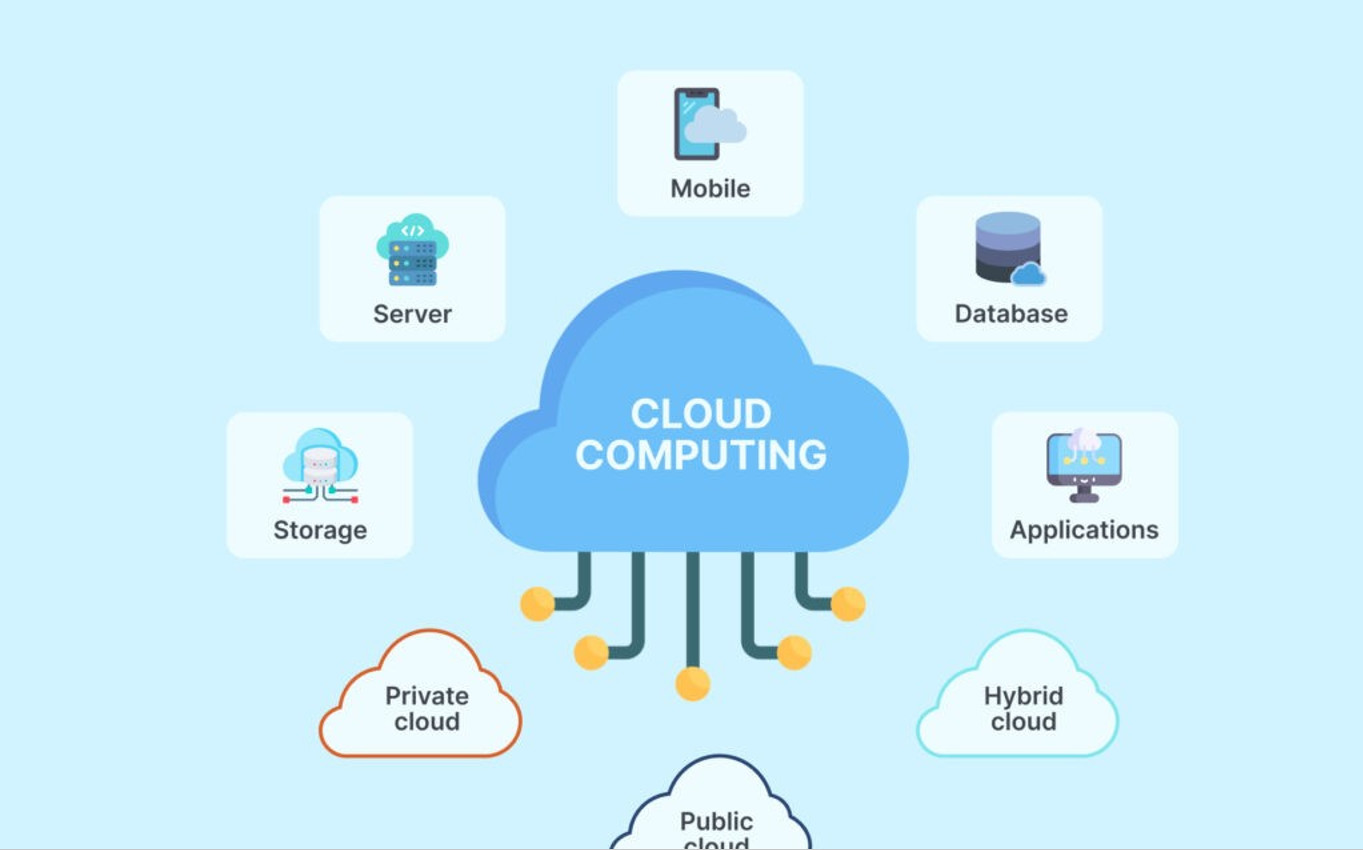
The successful integration of medical device hypercloud platforms with existing healthcare systems requires careful planning and execution to ensure seamless data flow and operational continuity. Healthcare organizations typically operate complex IT environments that include Electronic Health Records (EHR) systems, Picture Archiving and Communication Systems (PACS), Laboratory Information Systems (LIS), and various departmental applications.
Interoperability standards such as HL7 FHIR (Health Level Seven Fast Healthcare Interoperability Resources) play a crucial role in enabling effective integration between hypercloud platforms and existing healthcare systems. These standards provide standardized methods for exchanging health information, reducing integration complexity while ensuring data consistency and accuracy.
API-first architecture approaches enable flexible integration options that can accommodate different system requirements and constraints. Well-designed APIs allow healthcare systems to access hypercloud functionality and data through standardized interfaces, reducing custom integration requirements while maintaining security and performance standards.
Data synchronization represents a critical aspect of system integration, particularly in environments where multiple systems maintain overlapping patient information. Hypercloud platforms must implement sophisticated synchronization mechanisms that ensure data consistency while avoiding conflicts and maintaining audit trails for regulatory compliance.
Real-time integration capabilities enable immediate sharing of critical information between systems, supporting clinical decision-making and patient safety initiatives. These capabilities are particularly important for alarm management, where device alerts must be rapidly communicated to appropriate healthcare personnel through existing notification systems.
Workflow integration ensures that hypercloud capabilities are seamlessly incorporated into existing clinical and operational workflows. This requires careful analysis of current processes and may involve workflow redesign to optimize the benefits of cloud-based capabilities while minimizing disruption to established practices.
FUTURE TRENDS AND INNOVATIONS IN MEDICAL DEVICE HYPERCLOUD
The future of medical device hypercloud platforms is being shaped by emerging technologies and evolving healthcare needs that promise to further transform the industry. Artificial intelligence and machine learning capabilities are becoming increasingly sophisticated, enabling more accurate predictive analytics, automated decision-making, and personalized treatment recommendations.
Edge computing integration represents a significant trend that combines the benefits of cloud computing with local processing capabilities. This hybrid approach enables real-time processing of critical data while maintaining cloud connectivity for comprehensive analytics and management functions. Edge computing is particularly valuable for applications that require low latency or must operate in environments with limited connectivity.
5G networks are enabling new possibilities for connected medical devices by providing high-speed, low-latency communication capabilities that support real-time video streaming, augmented reality applications, and complex sensor networks. These enhanced connectivity options will enable more sophisticated remote monitoring and telemedicine applications.
Digital twin technology is emerging as a powerful tool for medical device optimization and predictive maintenance. Digital twins create virtual representations of physical devices that can be used to simulate different operating conditions, predict failures, and optimize performance without impacting actual patient care.
Blockchain technology offers potential solutions for secure data sharing, device authentication, and supply chain transparency. While still in early stages of adoption, blockchain could address some of the trust and verification challenges associated with distributed medical device systems.
Advanced analytics capabilities, including natural language processing and computer vision, are enabling new applications such as automated clinical documentation, image analysis, and pattern recognition that can support clinical decision-making and improve patient outcomes.
The convergence of Internet of Things (IoT) and hypercloud technologies is creating opportunities for comprehensive smart hospital environments where all devices and systems are interconnected and intelligent. These environments can optimize resource utilization, improve patient experiences, and enhance operational efficiency through automated coordination and optimization.
CONCLUSION: EMBRACING THE HYPERCLOUD REVOLUTION FOR STREAMLINING MEDICAL DEVICE OPERATIONS
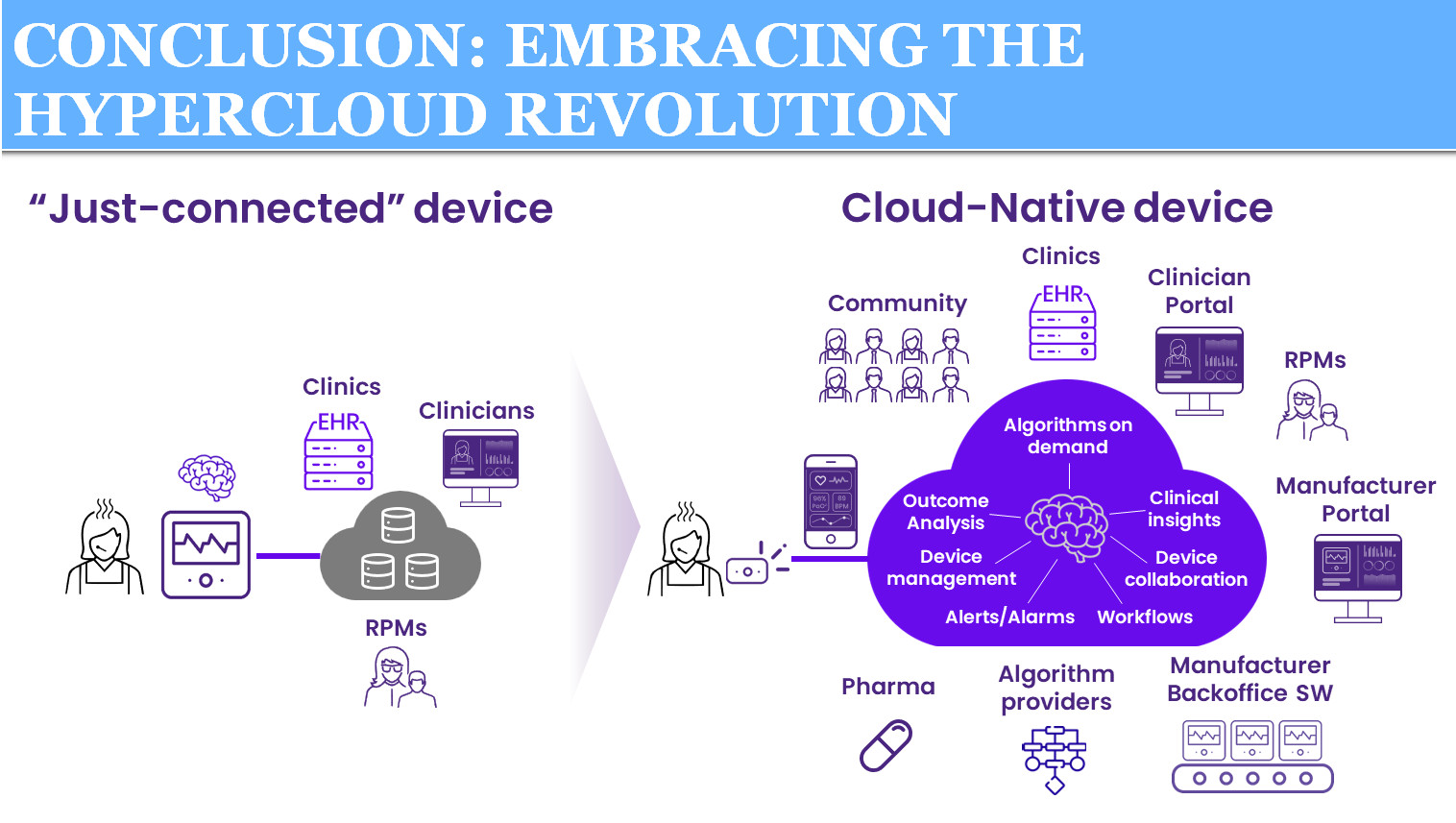
The adoption of hypercloud solutions in medical device operations represents more than just a technological upgrade—it constitutes a fundamental transformation in how healthcare technology companies design, manufacture, deploy, and maintain their products. As the healthcare industry continues to evolve toward more connected, intelligent, and patient-centric care models, hypercloud platforms provide the foundation for innovation and growth.
The benefits of hypercloud implementation extend far beyond cost savings and operational efficiency, encompassing improved patient outcomes, accelerated innovation, enhanced regulatory compliance, and new business model opportunities. Organizations that embrace these technologies today position themselves to lead in the rapidly evolving healthcare technology landscape.
Success in hypercloud implementation requires a holistic approach that addresses technical, regulatory, and organizational considerations while maintaining focus on the ultimate goal of improving patient care. Organizations must invest in the necessary skills, processes, and partnerships to effectively leverage these powerful technologies.
The future of medical device operations lies in the intelligent, connected, and cloud-native systems that hypercloud platforms enable. By streamlining operations, enhancing capabilities, and enabling new forms of value creation, these platforms are reshaping the medical device industry and driving the next generation of healthcare innovation.
As we look toward the future, the continued evolution of hypercloud technologies promises even greater opportunities for transformation and improvement. Organizations that begin their hypercloud journey today will be best positioned to capitalize on these emerging opportunities and deliver superior value to patients, providers, and stakeholders throughout the healthcare ecosystem.
The hypercloud revolution in medical devices has begun, and its impact will be felt across every aspect of healthcare delivery. The question is not whether to adopt these technologies, but how quickly and effectively organizations can transform their operations to harness their full potential. The time for action is now, and the opportunities for positive impact are limitless.
APPLICATION FOR YOUR AUTOCLAVE
